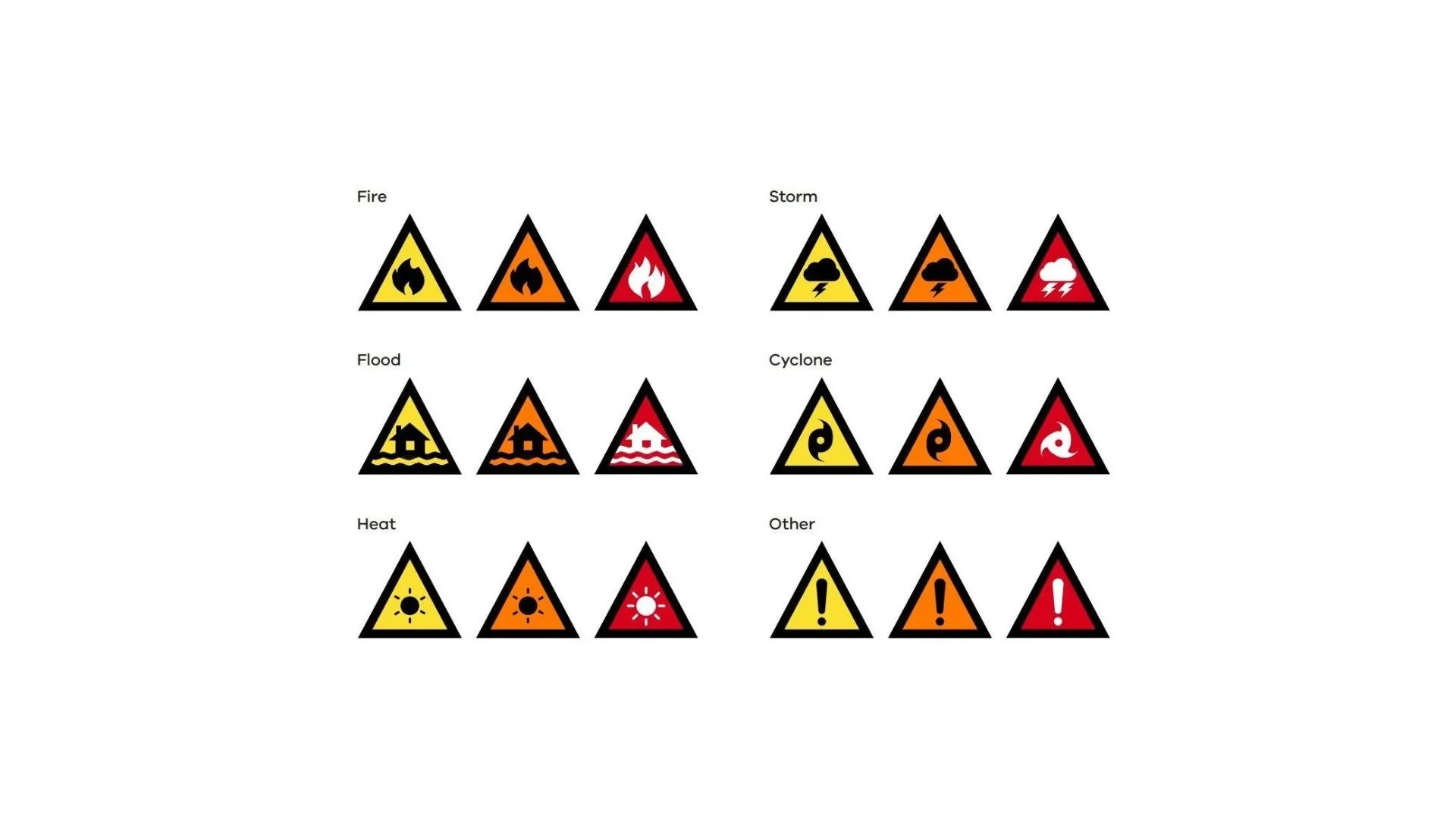Warnings system changes you need to know about
The new Australian Warnings System means that no matter where you are across the country, the warning icons are the same. How you receive warnings isn’t going to change, but the wording, colours and call to action symbol may be different to what you’re used to.

Australian Warning System
The warnings system for emergencies like bushfires, floods, storms, extreme heat and severe weather has been improved.
Sunshine Coast Council’s Disaster Management Lead Wayne Sunderland said that the Australian Warnings System (AWS) had been changed so that no matter where you were across the country, warning icons would be consistent and easier to follow.
“How you receive warnings isn’t going to change, but the wording, colours and call to action symbol may be different to what you’re used to,” Mr Sunderland said.
“The three warnings levels have a colour and icon that alerts you to what the hazard danger level is.”
Australian Warnings System levels
Advice warnings are yellow
Advice warning means you are not in immediate danger, but you need to be alert and listen for warnings in case the hazard gets worse or closer to you.
Watch and Act warnings are orange
If there is a Watch and Act warning issued for your area, there is a higher level of threat. You could be in danger because conditions are changing. You need to act now to be safe.
Emergency Warnings are red
This is the highest level of warning. An Emergency Warning means you are in danger and you need to act NOW to be safe. The warning will list the actions you need to take to survive.
Find more information at Australian Warnings System
Keep up to date with the latest emergency notifications at Council's Disaster Hub
